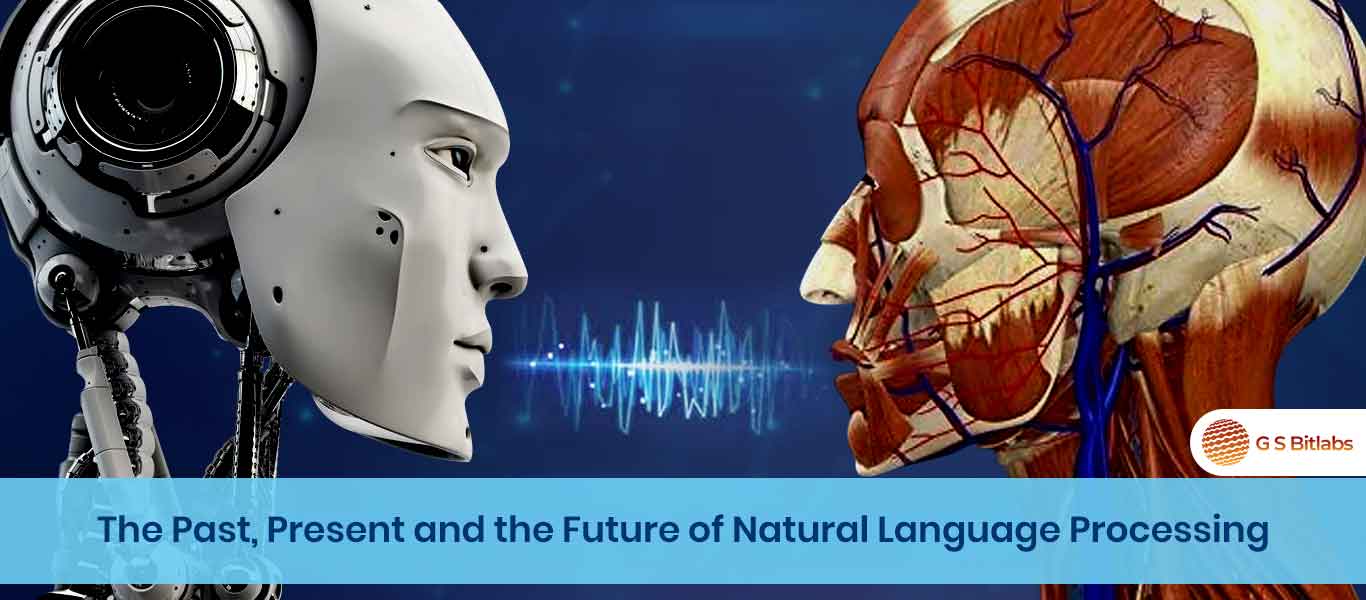
The advent of technology has completely revolutionized the way we think, learn, and interact. Artificial Intelligence (AI) has integrated itself so deeply in our day-to-day living, that from Google and Netflix to Amazon’s Alexa, we bank on technology to get us through the most minimal tasks.
Today, we’re on to a form of AI we refer to as Natural Language Processing (NLP). With a rapid increment in human to machine interaction, the need for Natural Language Processing has expanded consequently.
What is Natural Language Processing?
Natural Language Processing is a technology that allows computers to understand human language. Machines operate in machine codes, and similar to how we don’t understand their language, they do not understand ours.
NLP changes that. A branch of Artificial Intelligence, NLP deals with communication between humans and computers by using the natural language.
Ultimately, NLP is designed to read and decode human languages and derive information from them that is valuable.
How Does Natural Language Processing Work?
NLP applies smart algorithms to identify the human language and convert it into a form that computers can understand.
When text is given as input, the computer applies its algorithms to extract information from each sentence and collect the required data to process. Failure to accurately interpret the meaning behind a sentence may lead to inconclusive or inaccurate results.
Here’s how NLP works in steps:
- Voice recognition software like Alexa or Google Assistant translates your speech into the form of a text. The Hidden Markov Models (HMM) utilize mathematical models to understand your speech and convert it into text that is ready for use by the NLP system.
- The next step focuses on the understanding of the language and the context in which it is spoken. Every NLP system has a different set of techniques to perform this task, but ultimately, they’re all quite similar. The NLP uses coded grammar rules to break down each word into its part of speech.
- The last step is to categorize the input speech or text in different ways. It depends on the focus of the NLP technology to determine what to make of the information.
Why is Natural Language Processing Important?
We have a few reasons why NLP has become an integral part of technology today.
- The NLP software can process large volumes of textual data to help computers communicate with humans and scales many language-related tasks.
- Without bias, NLP structures highly unstructured data in hundreds of different languages.
- NLP possesses a commendable semantic and syntactic understanding to eliminate the obscureness of language and make it clear.
Why Should You Use Natural Language Processing?
NLP software is capable of analyzing more language-based data than humans without fail or fatigue. It leverages AI for context-driven data to interpret the implications of the speaker – which is what makes it so valuable.
For instance, when you type out a text to your friend, your phone’s language predictor shows word suggestions based on your typing pattern and what you’re currently writing. This is NLP at work.
In advertising, NLP is an irreplaceable tool. NLP uses data such as search trends and compiles that data into terms that could help businesses bring more traffic to their adverts. Companies capitalizing on NLP find ways to advertise more competitively and effectively.
Wrapping Up
So, there you have it: Natural Language Processing. This software sits at the core of rapidly advancing technology like Google Voice Assistant and Alexa.
It’s time you start using NLP to increase the functionality of your application!

Author:- Mr.Gagandeep Singh
Dated:- 11/03/2020
Subscribe to get regular content updates.

